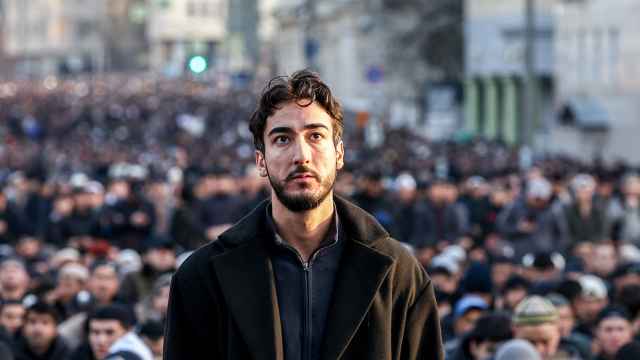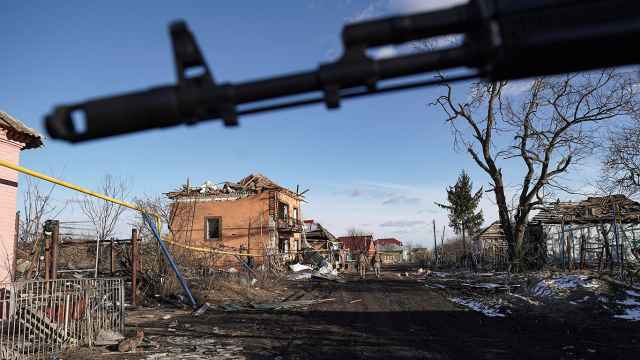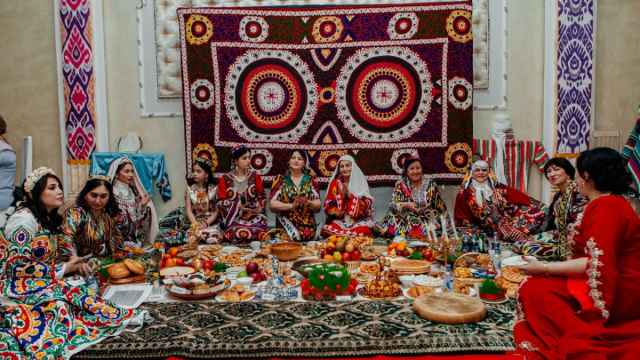Birds of Prey Fly High Over Moscow on World Falconry Day
This Nov. 16, World Falconry Day, Moscow residents had the chance to get a bird’s-eye view of historic falconry practices at Kolomenskoye Historical and Architectural Museum and Reserve.
The exhibition at the reserve’s Falconry Museum shows how falcons are treated and trained, continuing 400 years of tradition.
Here’s a look at Tuesday’s showcase:
The exhibition at the reserve’s Falconry Museum shows how falcons are treated and trained, continuing 400 years of tradition.
Here’s a look at Tuesday’s showcase:
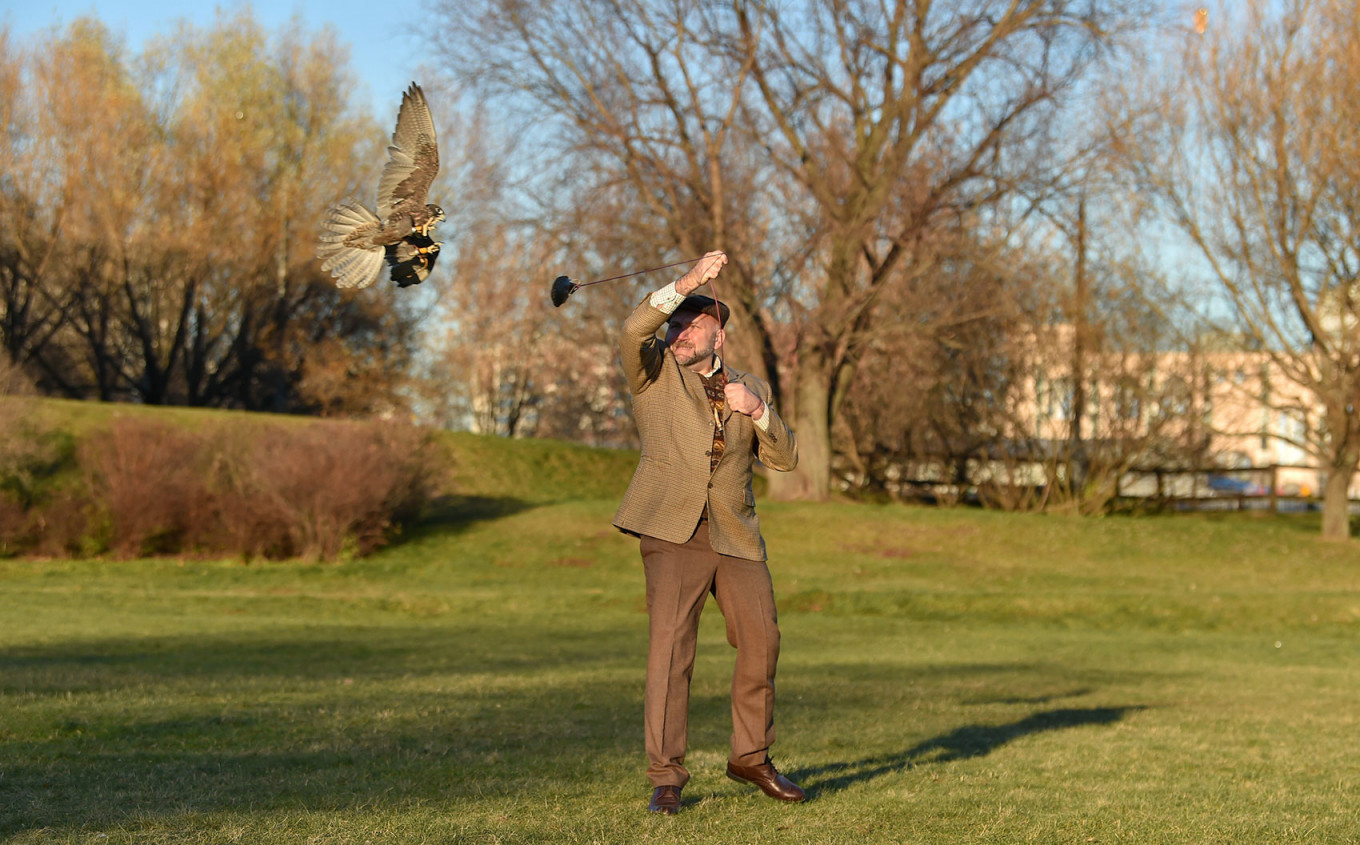
Falcons have been used for hunting for thousands of years. A falcon's eyesight allows it to spot prey from 1,000 meters away while in the air. When a falcon is in flight, it can dive to the ground at a speed of nearly 300 kilometers per hour.
Denis Grishkin / Moskva News Agency
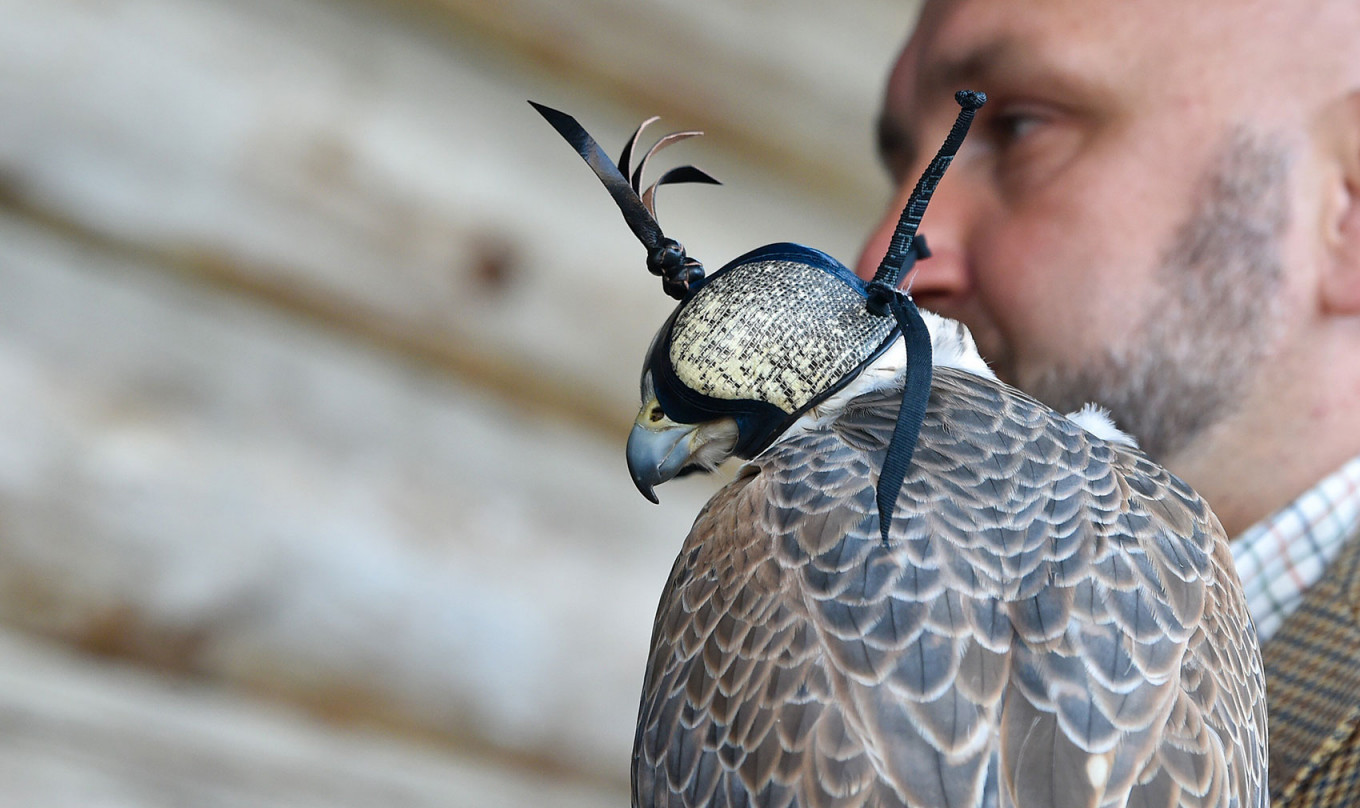
In 2016, UNESCO inscribed falconry as an object of Intangible Cultural Heritage of Humanity.
Denis Grishkin / Moskva News Agency
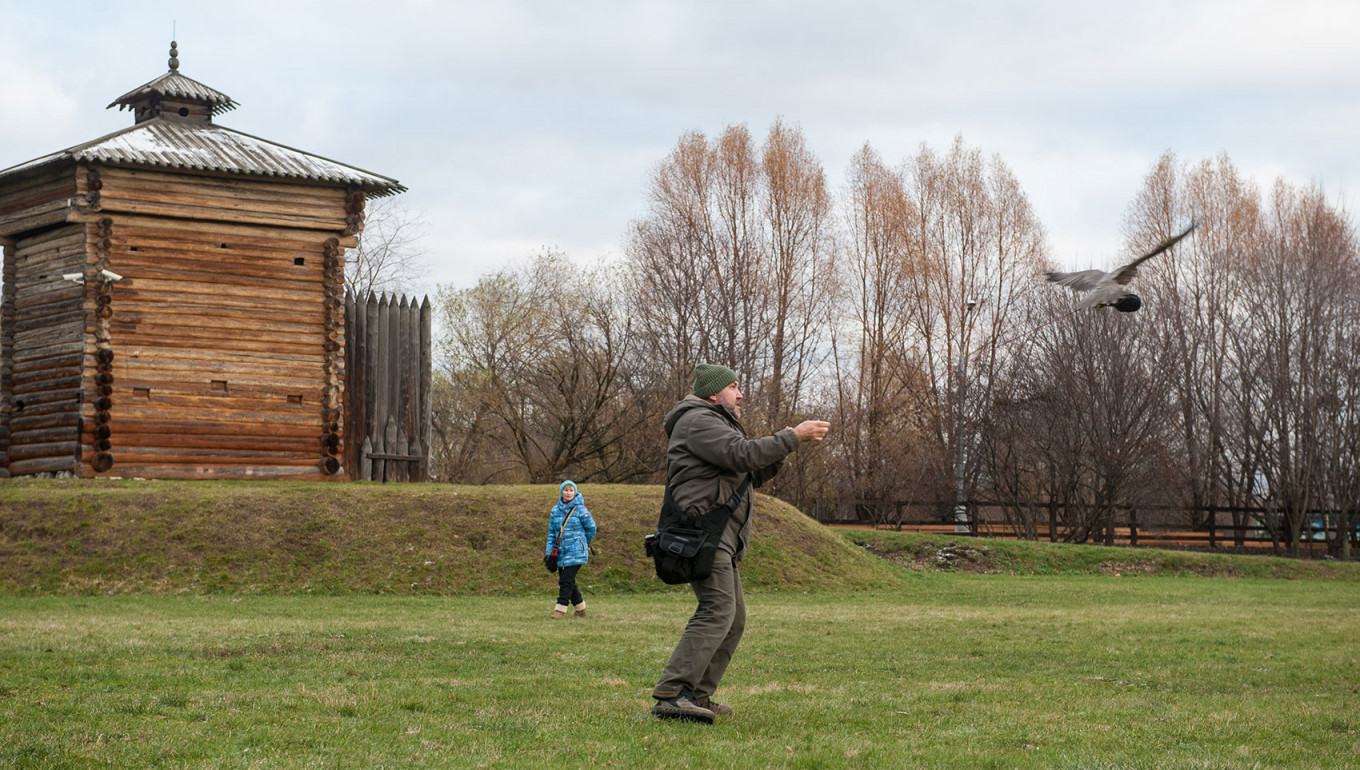
Russian Tsar Alexei Mikhailovich Romanov started training falcons at Kolomenskoye in the mid-17th century. The royal falconry was the largest among the European courts at the time, employing around 3,000 people. Each peasant household in Kolomenskoye was required to provide the falconry with two pigeons to feed the giant falcon flock.
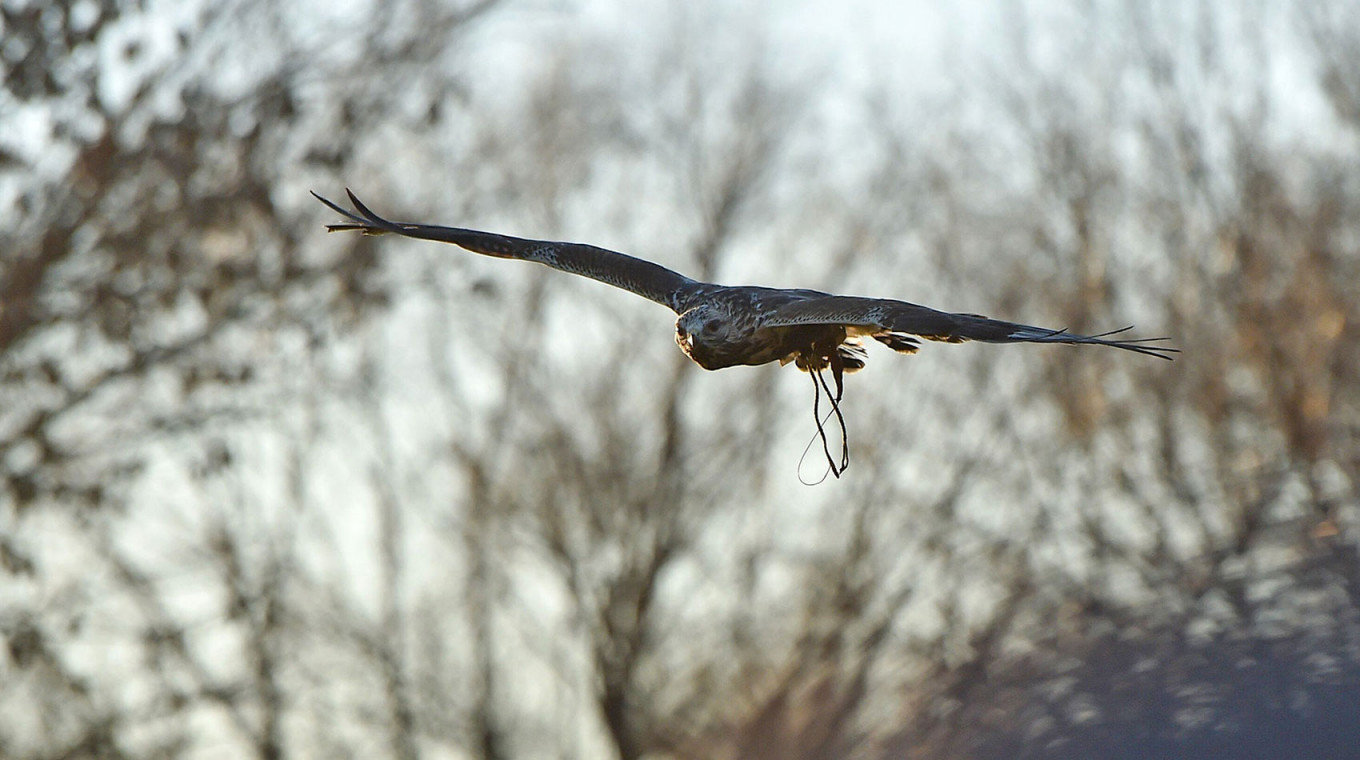
Falcons count Russia's central and northern regions as their natural habitat, with some still inhabiting Moscow even today. In 2019, falcons returned to their old nesting place at the top of the Foreign Ministry's headquarters in the city center.
Denis Grishkin / Moskva News Agency
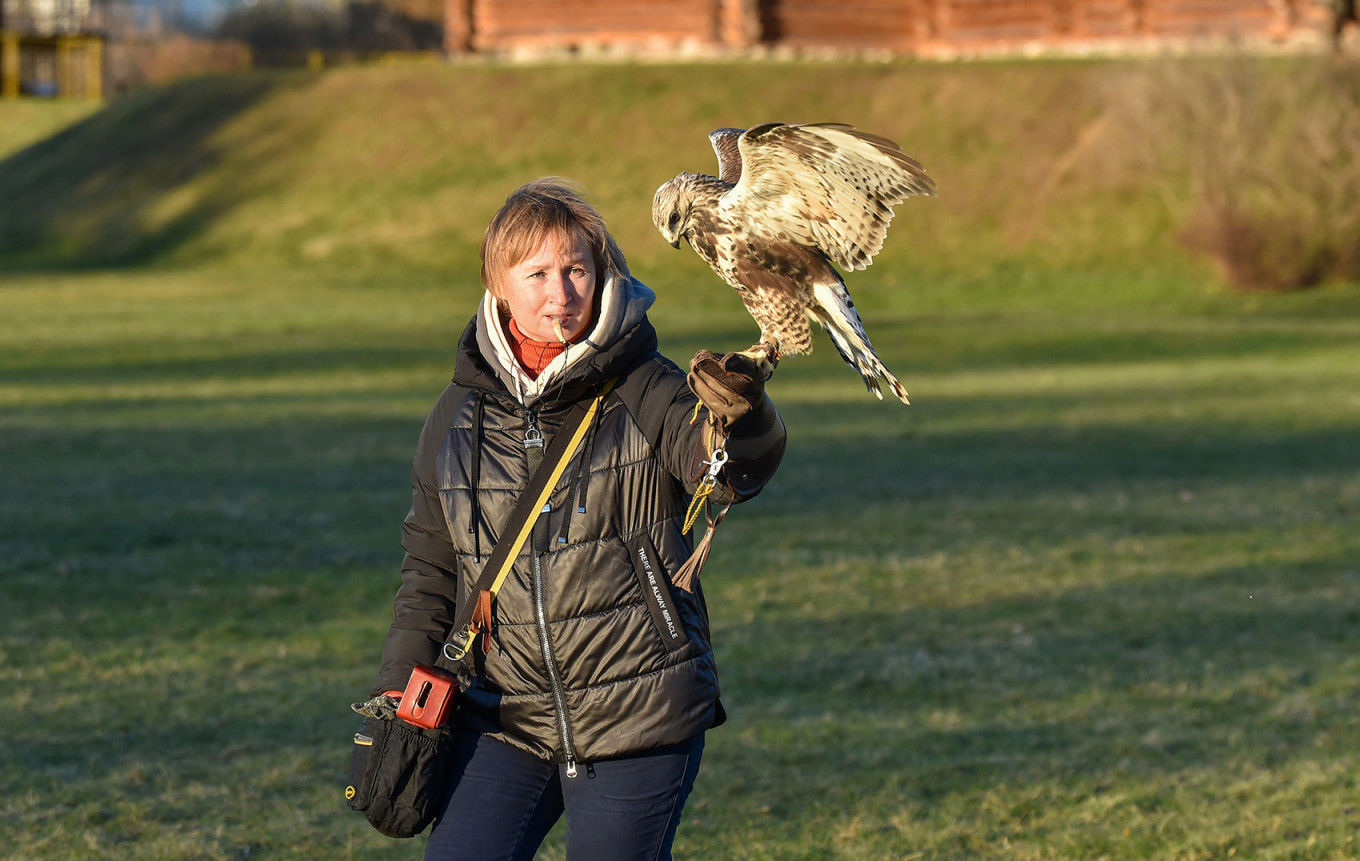
The falconry at Kolomenskoye is the only place in Moscow where falcons are bred and trained that is open to the public. Visitors can learn about falconry’s history and how the birds are trained.
Denis Grishkin / Moskva News Agency
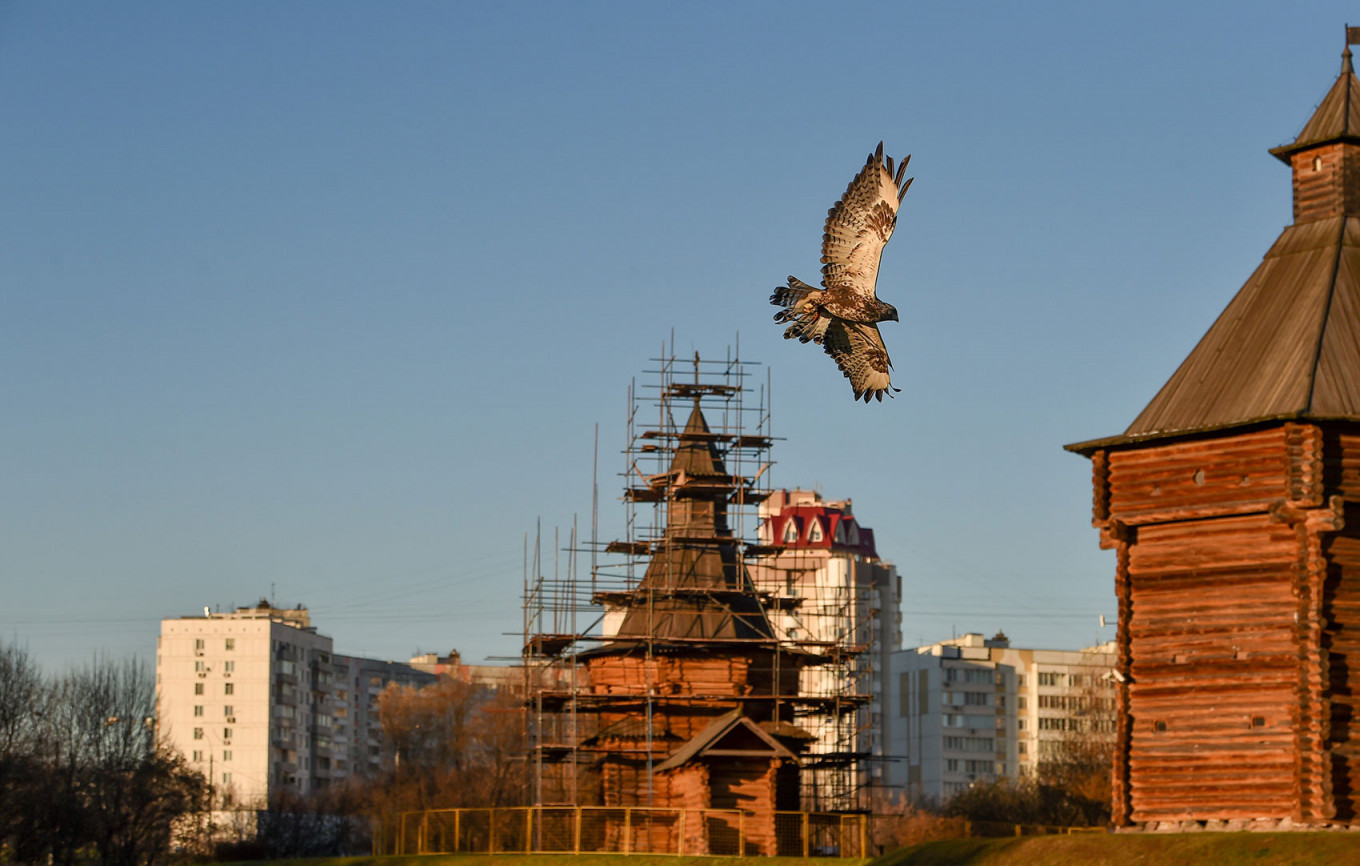
A falcon won't hunt on an empty stomach, experts at Kolomenskoye said. “If a falcon is hungry, it’s just going to follow you around on the ground, asking for food.”
Denis Grishkin / Moskva News Agency
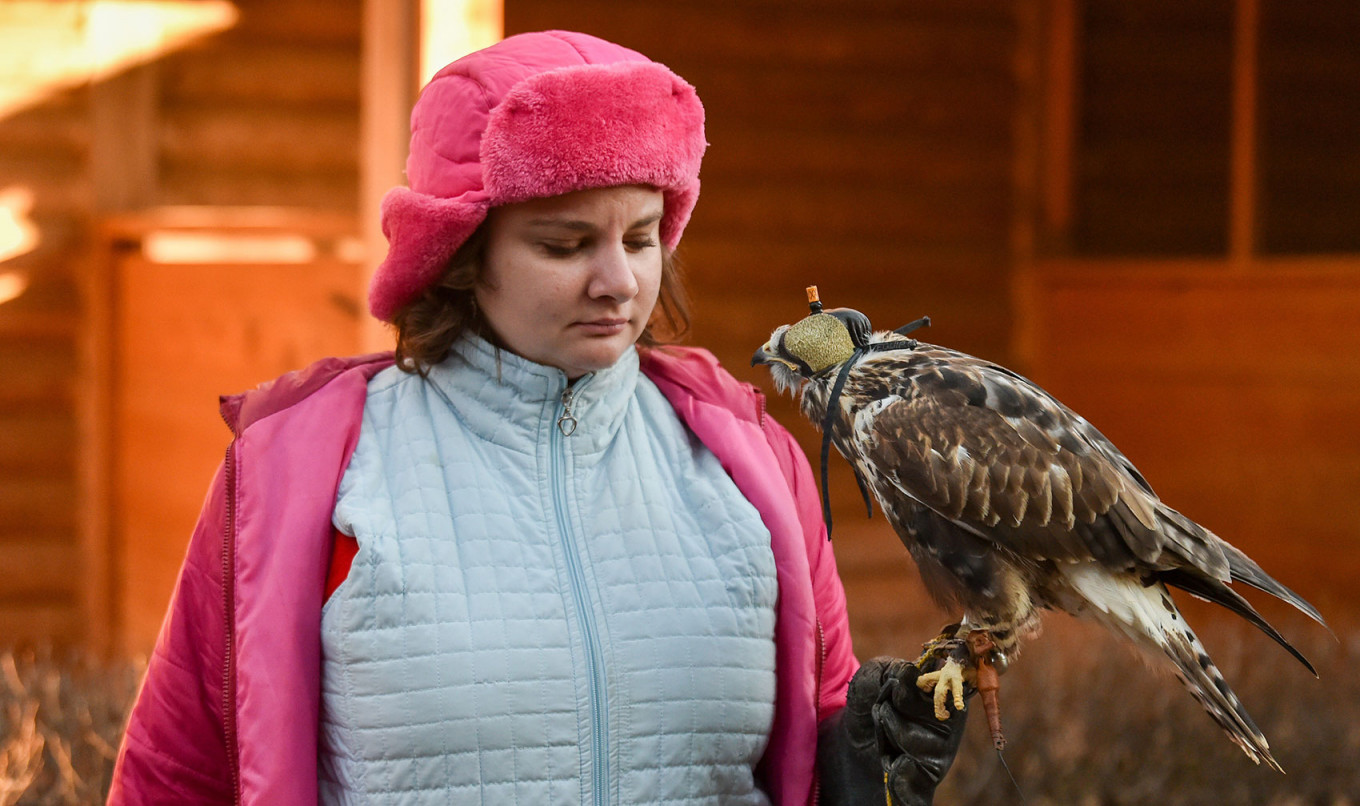
Falconry is an intensive process, as each bird is trained for at least three hours a day. In Russia, a special license is required to own one of these birds.
Denis Grishkin / Moskva News Agency
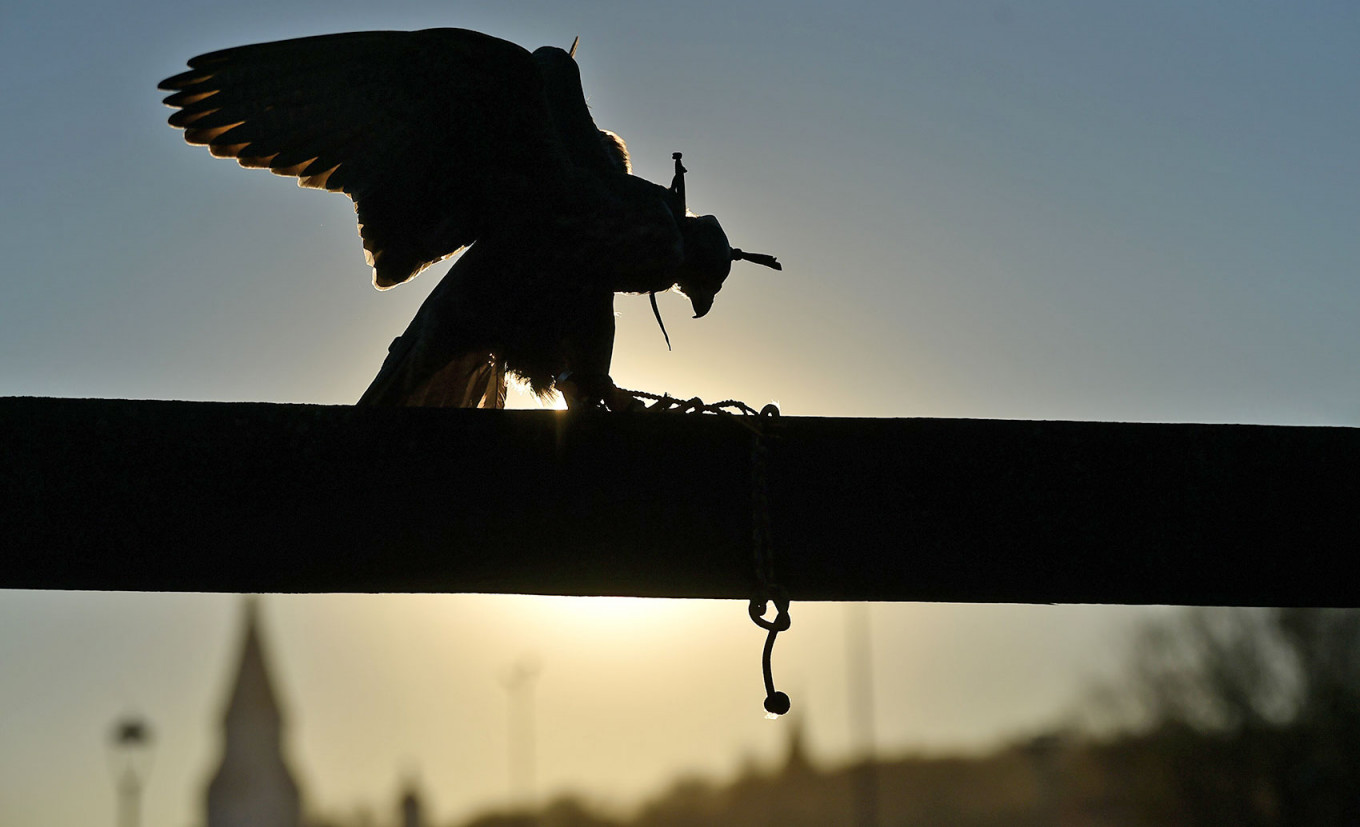
Hunting isn’t the only thing falcons are used for. Falcons are also used to keep other birds away from airports and other important buildings, such as the Kremlin itself.
Denis Grishkin / Moskva News Agency


